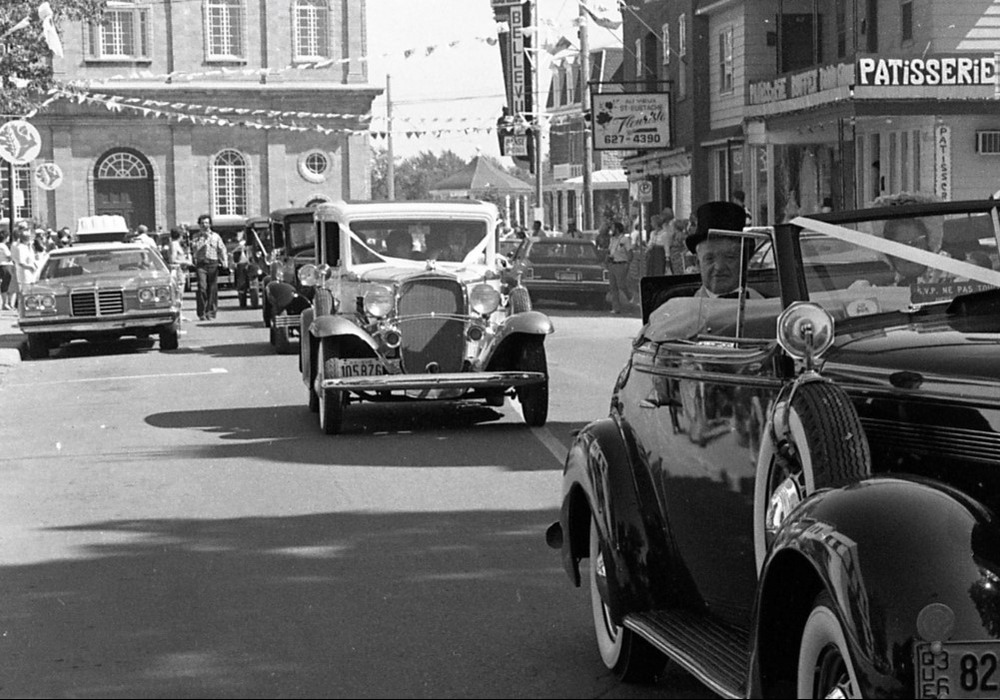
This Community Stories Project traces the development of Lytton in parallel to the transportation routes that have gone through the Village, and defined its development.
Lytton, British Columbia, is located at the junction of the Fraser and Thompson Rivers.
In pre-contact times, the local First Nation peoples traded dried salmon and developed trade routes through the rough countryside.
Simon Fraser first explored the area in 1808. The location became even more important as a stop-over for explorers, then gold miners. The Cariboo Wagon Road was completed in 1863.
The coming of the transcontinental railways caused a boom for Lytton. The little town expanded to accommodate railway workers while building the treacherous Fraser Canyon portion of the railway.
The 1920s brought the automobile and the Fraser Canyon Highway. This brought another boom to Lytton, and opened the area to tourism.
In the 1960s, the present Trans-Canada Highway was built. This reduced the travel time to Vancouver to just three hours and changed the face of Lytton dramatically. As the stores and services in town were lost, for various reasons, they were never replaced. Now the population travels out town for most major purchases.

